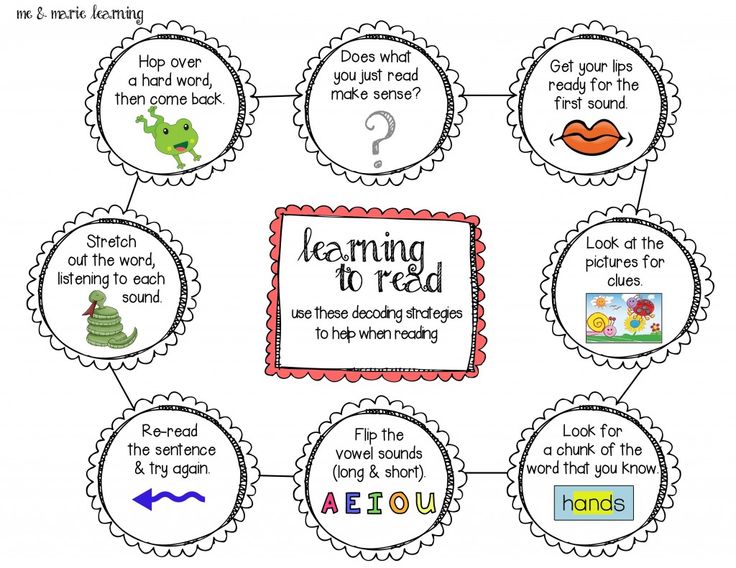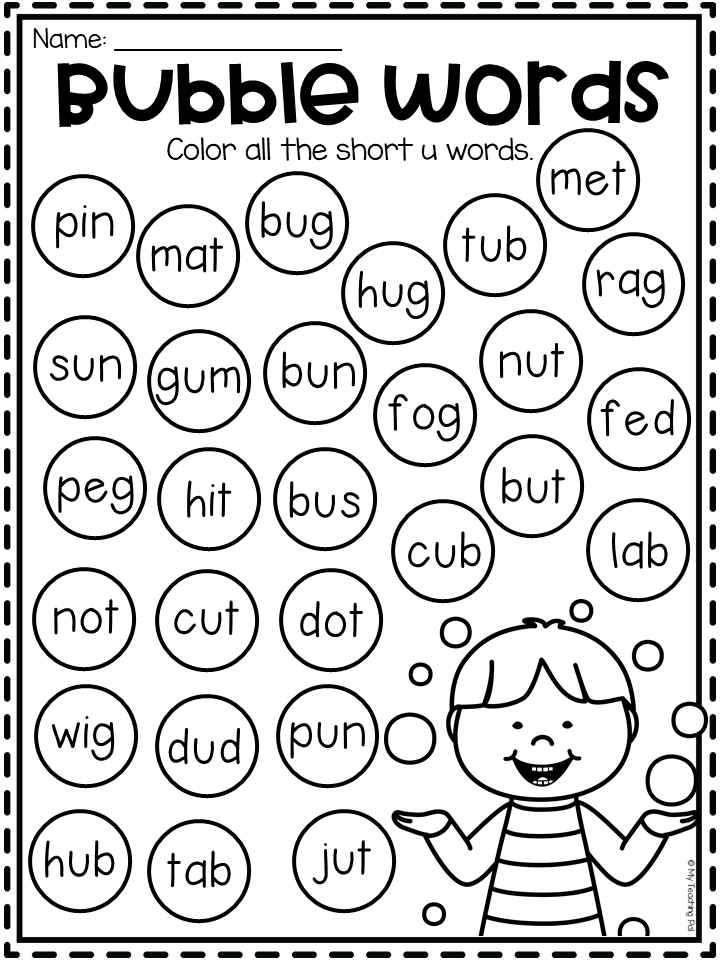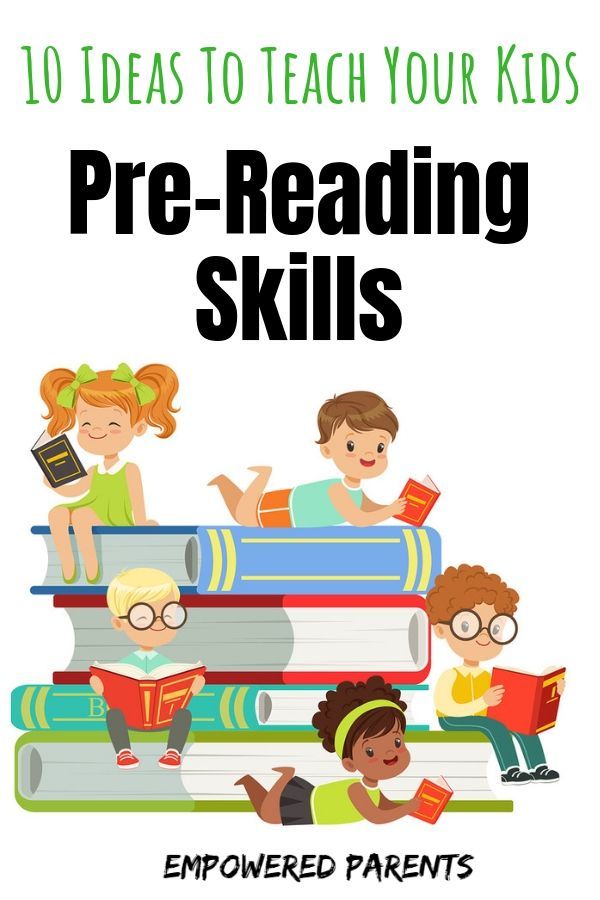What is alphabet knowledge
Alphabet & phonological awareness | Literacy Instruction for Students with Significant Disabilities
“Phonemic awareness and alphabet learning should be interactive, authentic, and FUN!”
–Caroline Musselwhite
ALPHABET AND PHONOLOGICAL AWARENESS
What is alphabet and phonological awareness?
During the emergent literacy phase, children are busy developing their oral language, their understandings of how and why to use print, and their early phonemic and syntactic awareness (Senechal, LeFerve, Smith-Chant, & Colton, 2001).
An important component of beginning reading instruction is effectively teaching letters and sounds. Related to letter and sound knowledge are phonological awareness
(the ability to hear and manipulate sounds in oral language(, and phonemic awareness (the ability to hear and manipulate phonemes, the smallest units of sound in oral language). It can be tempting to teach these skills in isolation since they can be easily parsed, but they are very difficult to apply and generalize when they are taught in isolation. (from Quick Guides to Inclusion, page 185)
Alphabet knowledge is the knowledge of individual letter names, sounds, and shapes. The alphabetic principle is the idea that letters and groups of letters represent the sounds of spoken language. Readers apply the alphabetic principle through phonics when they use their knowledge of the relationships between sounds and letters to read both familiar and unfamiliar words.
The goal of instruction in the alphabetic principle is to teach students to apply their knowledge of letters and letter sounds rather than targeting identification, matching, and mastery through direct instruction and repeated trials. There is no evidence to support that isolated instruction of alphabet knowledge has any impact on important reading-related outcomes. (from Research Based Practices for Creating Access to the General Curriculum in Reading and Literacy for Students with Significant Intellectual Disabilities)
Which students would benefit from alphabet and phonological awareness?
Students who:
- know some of the letters of the alphabet, some of the time
- do not yet know the letters of the alphabet
- are beginning to develop letter-sound connections
- have not yet developed letter-sound connections
- are developing print awareness and are scribbling
How can students benefit from alphabet and phonological awareness?
Students who are at the emergent reading and writing level need explicit instruction around the alphabet and sounds to improve their alphabet knowledge and phonological awareness.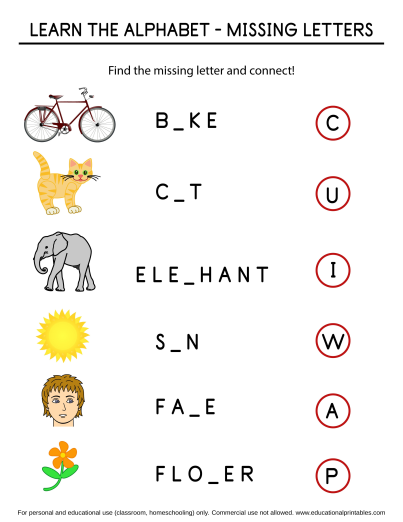
Hall and Williams (2000) list “letters and sounds” as one of the primary blocks that needs to be focused on in emergent literacy instruction. Letters and sounds are often listed together because as well as learning the letters, students also need to develop the alphabetic principle. They need to understand the different sounds that individual letters and groups of letters can make – and use this alphabetic principle to begin to spell words and to decode words. (from Jane Farrall)
Practice in manipulating sounds in words is a necessary preliminary ability to the systematic study of phonics, which takes the next step to connect these sounds to letters and words in print (word identification and decoding).
How do we teach alphabet and phonological awareness?
Students who are at the emergent reading and writing level need explicit instruction around the alphabet and sounds to improve their alphabet knowledge and phonological awareness. Using words to teach letters and sounds integrates the skills and teaches their application from the beginning.
At an emergent level, word work will focus on phonemic awareness with activities created to bring attention to rhyme (word endings), rhythm (memory), repetition, alliteration (word onsets), and predictability. Use words that are meaningful to the student, beginning with first names and other words that they are likely to see often.
When teaching letter and sound knowledge, use a variety of approaches that encourage generalized understanding from the beginning rather than rote learning, such as:
- read alphabet books
- point out letters and print in the environment
- talk about letters and their sounds when you encounter them in every day activities
- provide opportunities to play with letter shapes and sounds
- explicitly reference letter names and sounds in shared reading and writing activities
- use mnemonics and actions
- use student names!
Some key ideas to keep in mind:
- explicitly teach, model and emphasize sounds and letters throughout the day in meaningful contexts
- teach phonological skills during regular activities (e.
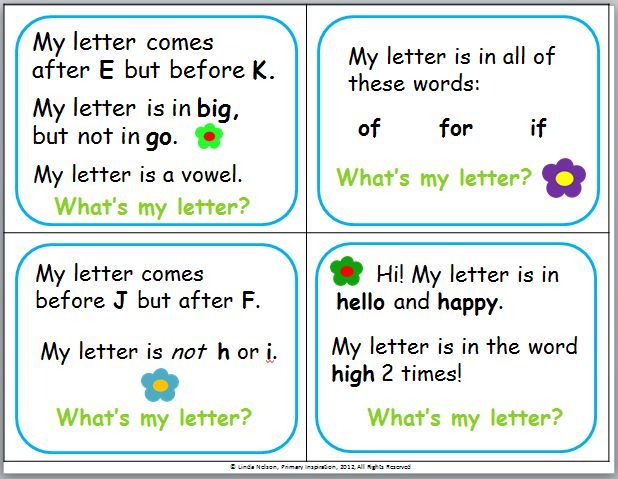 g. read alouds, telling stories, writing activities, word work, predictable chart writing, guided reading)
g. read alouds, telling stories, writing activities, word work, predictable chart writing, guided reading) - sound matching and sorting activities can be done with devices, PODD, eye gaze frames and with low tech paper solutions.
Following are suggestions for teaching alphabet and phonological awareness from Caroline Musselwhite:
Resources
Alphabet Action Man Game – Caroline Musselwhite
Too often, students with significant disabilities are taught the alphabet through flip cards and other boring, inauthentic tasks. The Alphabet Action Man Game is a quick activity for making alphabet instruction fun and meaningful.
Phoneme Isolation – Caroline Musselwhite
To support the development of phoneme isolation, which requires recognizing individual sounds.
Phonemic Sound Substitution – Caroline Musselwhite
To support the development of sound substitution, which requires listening to words, then substituting the initial sound to create a rhyming word.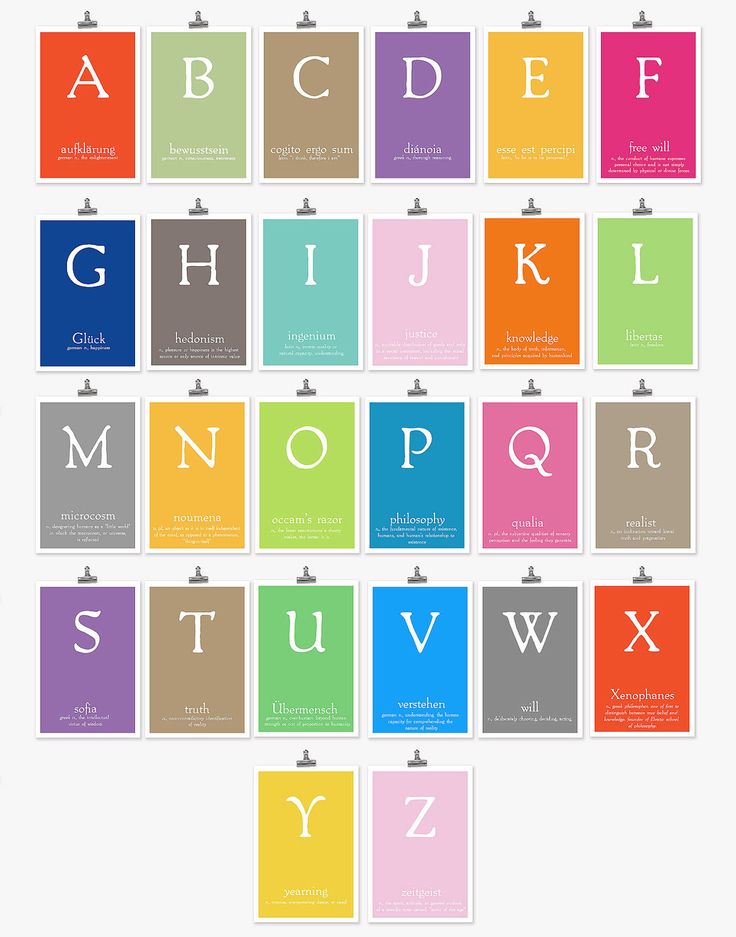
Tar Heel Reader Alphabet Books
http://tarheelreader.org/favorites/?collection=alphabet-books
Where can I learn more about alphabet and phonological awareness?
The ABCs of Alphabet Knowledge and Phonological Awareness
Alphabet knowledge and phonological awareness are foundational components of emergent literacy. This 92-page book provides a rationale, brief research overview, and suggestions for interactive instructional tasks based on evidence based practice. While all of the activities in this book are appropriate for any emergent learners, the focus is on providing access to activities for learners with significant disabilities, including individuals with physical impairments and people who use augmentative and alternative communication (AAC). The strategies suggested focus on supporting ALL learners at home and in classrooms. This book should be informative and helpful for teachers, therapists, and family members.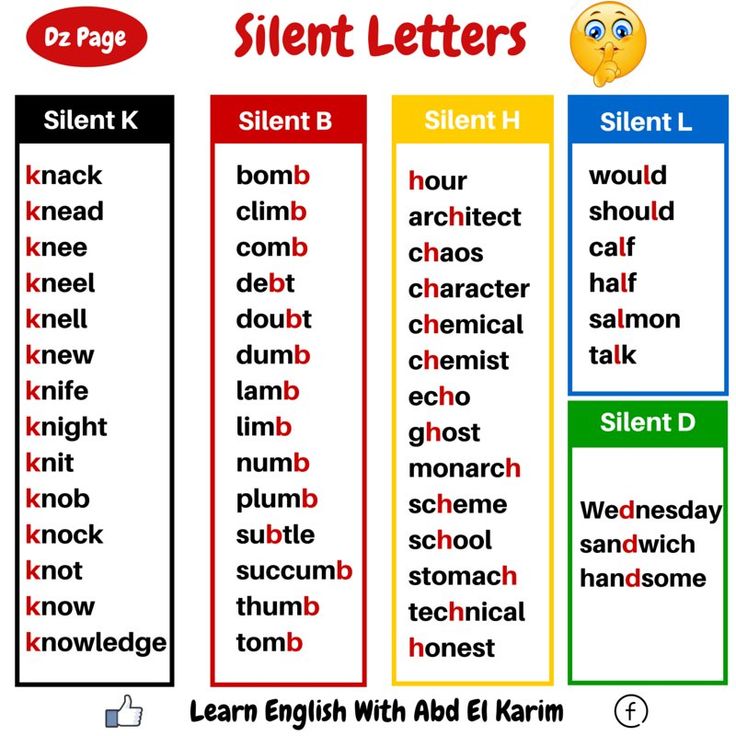 Use this book to explore best practice in alphabet knowledge AND engage in fun learning opportunities with a wide range of learners.
Use this book to explore best practice in alphabet knowledge AND engage in fun learning opportunities with a wide range of learners.
Word Wall, Word Activities and Extension into Writing
This presentation highlights the importance of meaningful, purposeful communication in learning to read and write and connecting oral language to phonological awareness. Many interactive and engaging word wall and word activity examples are provided.
http://www.literacyforallab.ca/past-webinars
Working with Words
Alberta teachers demonstrate how they use word walls and related making word activities to build literacy skills of all students in their classroom, including students with significant disabilities. (Length: 7 minutes 2 seconds)
Learning Guide: Working with Words
The Alphabetic Principle | Reading Rockets
Not knowing letter names is related to children's difficulty in learning letter sounds and in recognizing words.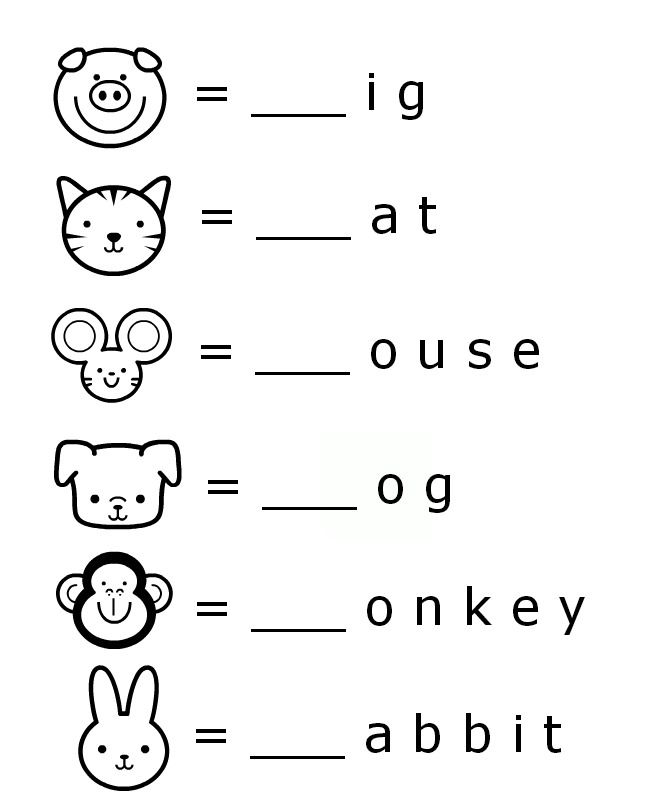 Children cannot understand and apply the alphabetic principle (understanding that there are systematic and predictable relationships between written letters and spoken sounds) until they can recognize and name a number of letters.
Children cannot understand and apply the alphabetic principle (understanding that there are systematic and predictable relationships between written letters and spoken sounds) until they can recognize and name a number of letters.
Children whose alphabetic knowledge is not well developed when they start school need sensibly organized instruction that will help them identify, name, and write letters. Once children are able to identify and name letters with ease, they can begin to learn letter sounds and spellings.
Children appear to acquire alphabetic knowledge in a sequence that begins with letter names, then letter shapes, and finally letter sounds. Children learn letter names by singing songs such as the "Alphabet Song," and by reciting rhymes. They learn letter shapes as they play with blocks, plastic letters, and alphabetic books. Informal but planned instruction in which children have many opportunities to see, play with, and compare letters leads to efficient letter learning. This instruction should include activities in which children learn to identify, name, and write both upper case and lower case versions of each letter.
This instruction should include activities in which children learn to identify, name, and write both upper case and lower case versions of each letter.
What is the "alphabetic principle"?
Children's reading development is dependent on their understanding of the alphabetic principle – the idea that letters and letter patterns represent the sounds of spoken language. Learning that there are predictable relationships between sounds and letters allows children to apply these relationships to both familiar and unfamiliar words, and to begin to read with fluency.
The goal of phonics instruction is to help children to learn and be able to use the Alphabetic Principle. The alphabetic principle is the understanding that there are systematic and predictable relationships between written letters and spoken sounds. Phonics instruction helps children learn the relationships between the letters of written language and the sounds of spoken language.
Two issues of importance in instruction in the alphabetic principle are the plan of instruction and the rate of instruction.
The alphabetic principle plan of instruction
- Teach letter-sound relationships explicitly and in isolation.
- Provide opportunities for children to practice letter-sound relationships in daily lessons.
- Provide practice opportunities that include new sound-letter relationships, as well as cumulatively reviewing previously taught relationships.
- Give children opportunities early and often to apply their expanding knowledge of sound-letter relationships to the reading of phonetically spelled words that are familiar in meaning.
Rate and sequence of instruction
No set rule governs how fast or how slow to introduce letter-sound relationships. One obvious and important factor to consider in determining the rate of introduction is the performance of the group of students with whom the instruction is to be used. Furthermore, there is no agreed upon order in which to introduce the letter-sound relationships. It is generally agreed, however, that the earliest relationships introduced should be those that enable children to begin reading words as soon as possible.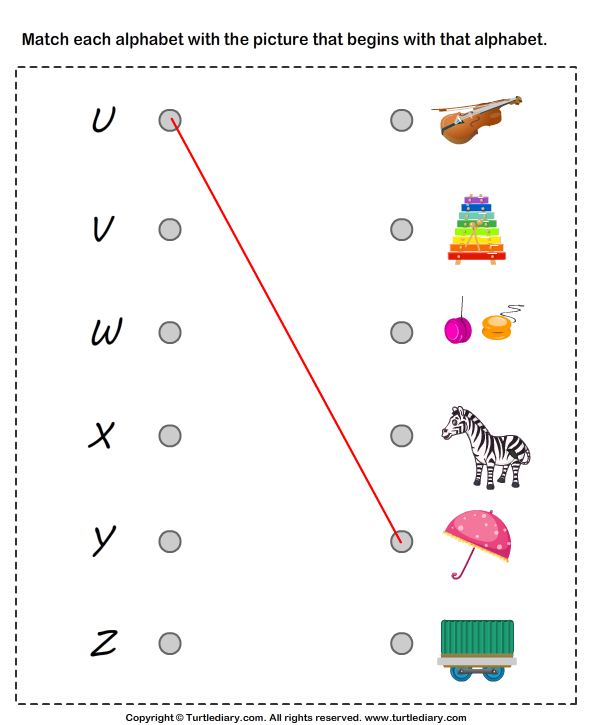 That is, the relationships chosen should have high utility. For example, the spellings m, a, t, s, p, and h are high utility, but the spellings x as in box, gh, as in through, ey as in they, and a as in want are of lower utility.
That is, the relationships chosen should have high utility. For example, the spellings m, a, t, s, p, and h are high utility, but the spellings x as in box, gh, as in through, ey as in they, and a as in want are of lower utility.
It is also a good idea to begin instruction in sound-letter relationships by choosing consonants such as f, m, n, r, and s, whose sounds can be pronounced in isolation with the least distortion. Stop sounds at the beginning or middle of words are harder for children to blend than are continuous sounds.
Instruction should also separate the introduction of sounds for letters that are auditorily confusing, such as /b/ and /v/ or /i/ and /e/, or visually confusing, such as b and d or p and g.
Instruction might start by introducing two or more single consonants and one or two short vowel sounds. It can then add more single consonants and more short vowel sounds, with perhaps one long vowel sound. It might next add consonant blends, followed by digraphs (for example, th, sh, ch), which permits children to read common words such as this, she, and chair.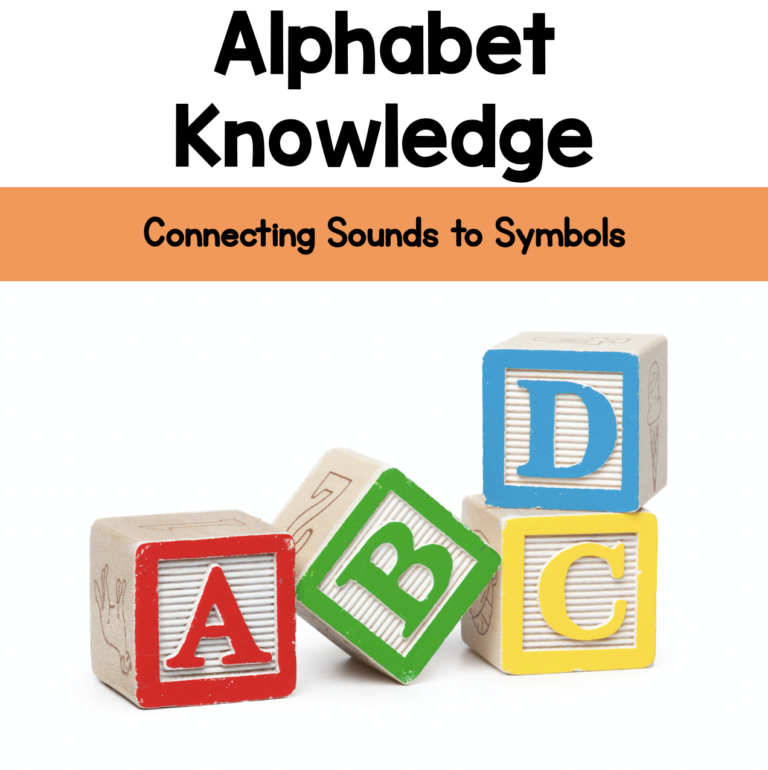 Introducing single consonants and consonant blends or clusters should be introduced in separate lessons to avoid confusion.
Introducing single consonants and consonant blends or clusters should be introduced in separate lessons to avoid confusion.
The point is that the order of introduction should be logical and consistent with the rate at which children can learn. Furthermore, the sound-letter relationships chosen for early introduction should permit children to work with words as soon as possible.
Many teachers use a combination of instructional methods rather than just one. Research suggests that explicit, teacher-directed instruction is more effective in teaching the alphabetic principle than is less-explicit and less-direct instruction.
Guidelines for rate and sequence of instruction
- Recognize that children learn sound-letter relationships at different rates.
- Introduce sound-letter relationships at a reasonable pace, in a range from two to four letter-sound relationships a week.
- Teach high-utility letter-sound relationships early.
- Introduce consonants and vowels in a sequence that permits the children to read words quickly.
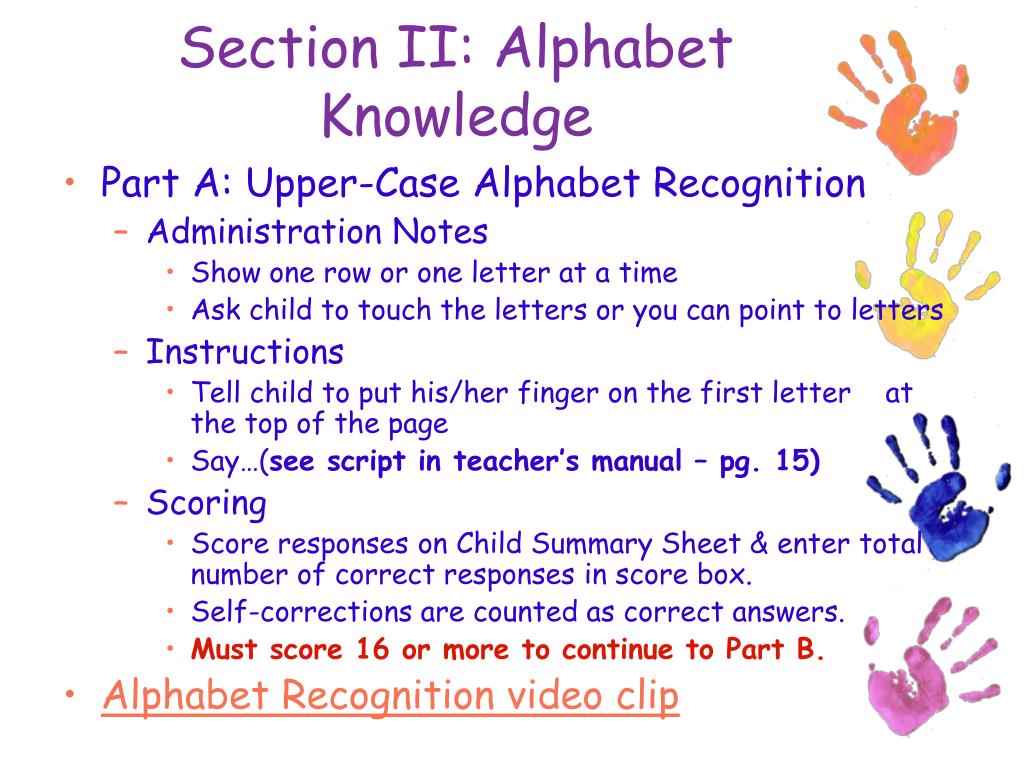
- Avoid the simultaneous introduction of auditorily or visually similar sounds and letters.
- Introduce single consonant sounds and consonant blends/clusters in separate lessons.
- Provide blending instruction with words that contain the letter-sound relationships that children have learned.
In what cases may knowledge of the alphabet be needed
gosha200730 gosha200730
-
- Russian language
- 1 - 4 classes
answered • verified by an expert
wunderglaube1 wunderglaube1
Answer:
The alphabet is a set of letters that is needed in order to be able to translate oral speech into written language, to read and write correctly, since letters form words, and sentences are formed from words. With the help of sentences, we can formulate our thoughts in writing, write or read a message, text, work. nine0022
With the help of sentences, we can formulate our thoughts in writing, write or read a message, text, work. nine0022
In addition, it is often acoustically difficult to make out a word, for example, the correct letter of a person's last name dictated to us over the phone. In this case, we pronounce this surname in separate letters: ERMISHEV (E - Elena, etc.).
And a certain order of letters in the alphabet helps us, for example, find words faster and easier in dictionaries and encyclopedias. Surnames are written alphabetically in telephone books, which many people still keep in paper form. It is often necessary to compile certain lists in alphabetical order, i.e. in a certain order (a list of students in a teacher's journal, medicines in a pharmacy, participants in any events, names of authors of books in a library, a list of goods in a store, etc.). nine0022
New questions in Russian
In which row do all words have positional alternations of sounds in the root? one glitter, ice, teeth 2 hail, stone, wasp 3 code, post, ventilation
5. Find the figurative word in the italicized sentence. Make up and write down a sentence using this word in its direct meaning. etc … suggestion - But this case cannot be called easy.
Find the figurative word in the italicized sentence. Make up and write down a sentence using this word in its direct meaning. etc … suggestion - But this case cannot be called easy.
1. Formulate two questions to the text, the answers to which will allow you to express your own attitude to what you have read. … ovleniya dough with further baking bread. Scientists suggest that for the first time yeast dough was invented 4 thousand years ago. But the mention of the first professional bakers who earned their living in this craft dates back to the 12th century BC. when the idea of selling buns was born in Egypt. The profession of a baker became widespread only in the 20th century, since before that most people baked bread at home. But this can't be called easy. It is difficult to overestimate the merit of bakers to the people. Without their work, people would have to starve. Today, many combines and commercial bakeries employ bakery professionals. These professionals have a special merit in front of the townspeople.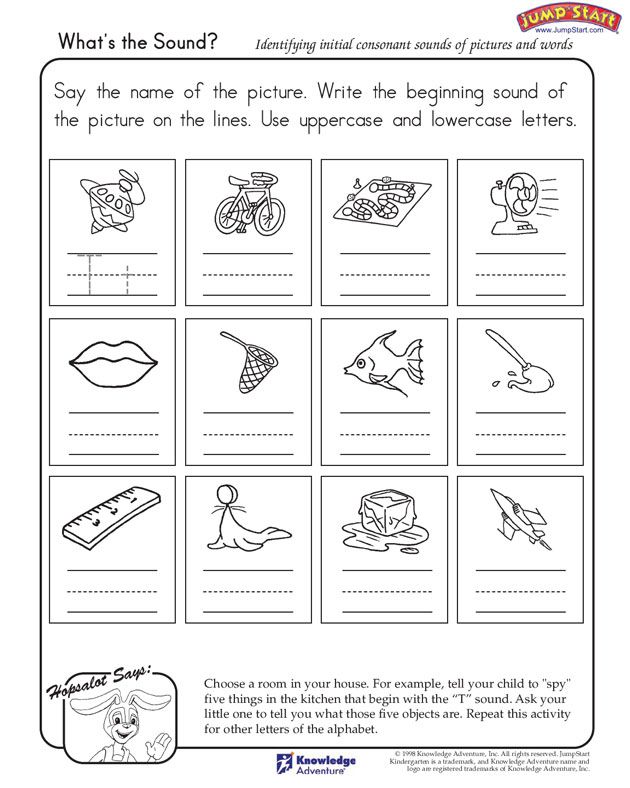 Life in the city (especially in a big one) goes at such a fast pace that no one would agree to bake bread at home. We are already accustomed to buying most of the products ready-made, so as not to cook. First of all, bread can be added to this list. nine0003
Life in the city (especially in a big one) goes at such a fast pace that no one would agree to bake bread at home. We are already accustomed to buying most of the products ready-made, so as not to cook. First of all, bread can be added to this list. nine0003
essay about aibolit URGENT!!!! VERY NEED 40 POINTS!!
please help photo task for ladies 50 b
Previous
Next
Why do we need an alphabet? - School Knowledge.com
Member Knowledge Knowledge Participant
-
- Russian language
- 1 - 4 classes
answered • verified by an expert
galynakushnirp36cgk galynakushnirp36cgk nine0003
Knowing the alphabet (alphabet) is the way to quickly find words in dictionary. To do this, you need to know the alphabet by heart.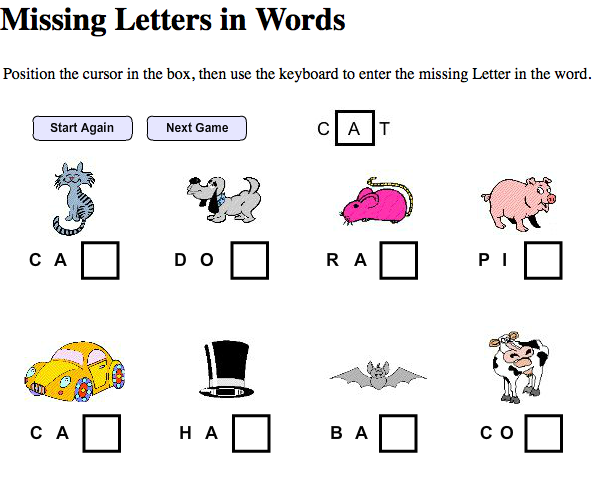 You need to learn to instantly realize how the letters are located relative to each other in the alphabet. Otherwise, you can get confused, and it will take a lot to clear the words. time. It is necessary to navigate the alphabet in both forward and reverse order.
You need to learn to instantly realize how the letters are located relative to each other in the alphabet. Otherwise, you can get confused, and it will take a lot to clear the words. time. It is necessary to navigate the alphabet in both forward and reverse order.
In all dictionaries, words are arranged exactly alphabetically. AT The dictionary has a section for each letter. By the first letter of the word you need to know, you can determine in which section of the dictionary to look for it. Next, you need to look at the second letter, then at the third, etc.
Without the alphabet, we won't be able to read and write; find the right book in the library; use a dictionary, encyclopedia, catalog.
The alphabet is a system, an order. And what gives such a system? First of all, saving time. And that means a lot these days.
New questions in Russian
In which row do all words have positional alternations of sounds in the root? one glitter, ice, teeth 2 hail, stone, wasp 3 code, post, ventilation
5.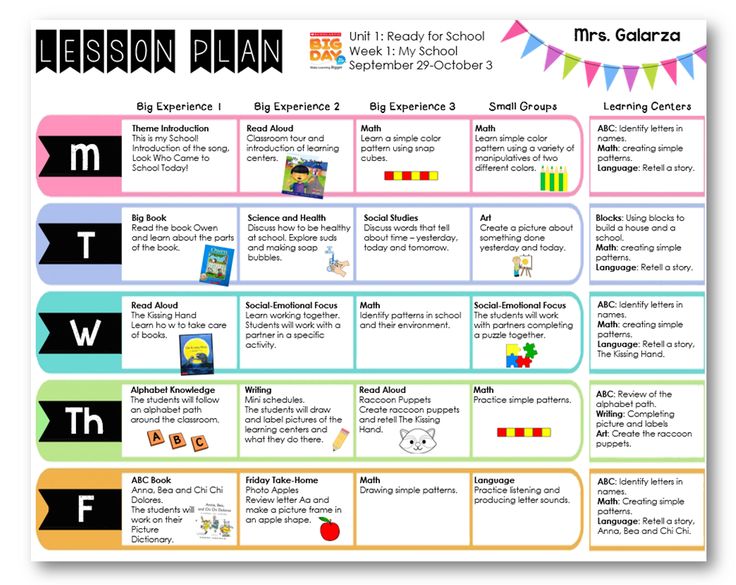 Find the figurative word in the italicized sentence. Make up and write down a sentence using this word in its direct meaning. etc … suggestion - But this case cannot be called easy. nine0003
Find the figurative word in the italicized sentence. Make up and write down a sentence using this word in its direct meaning. etc … suggestion - But this case cannot be called easy. nine0003
1. Formulate two questions to the text, the answers to which will allow you to express your own attitude to what you have read. … ovleniya dough with further baking bread. Scientists suggest that for the first time yeast dough was invented 4 thousand years ago. But the mention of the first professional bakers who earned their living in this craft dates back to the 12th century BC. when the idea of selling buns was born in Egypt. The profession of a baker became widespread only in the 20th century, since before that most people baked bread at home. But this can't be called easy. It is difficult to overestimate the merit of bakers to the people. Without their work, people would have to starve. Today, many combines and commercial bakeries employ bakery professionals. These professionals have a special merit in front of the townspeople.


